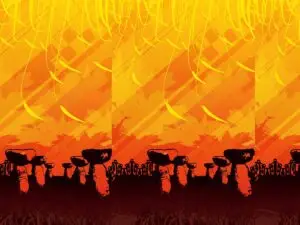
Section 1: Introduction
Few issues in Guåhan’s history garner such diverse reactions as the efforts for CHamoru self-determination and the decolonization of our island. Opinions differ on the

Few issues in Guåhan’s history garner such diverse reactions as the efforts for CHamoru self-determination and the decolonization of our island. Opinions differ on the
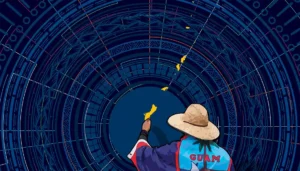
In 2013 Guampedia launched a new section that included twenty new entries and a slew of historical documents that highlighted the major issues, challenges and
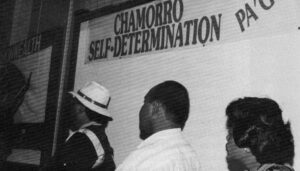
Interpretive essay: WWII made indelible impact on CHamorus. To this day, whenever we speak of the period before the “war” and after the “war” we
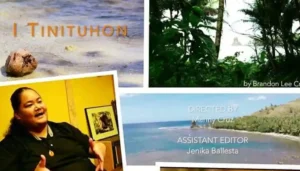
This paper complements the film, I Tinituhon: Rediscovering Fo’na and Pontan, and aims to provide a better understanding of the CHamoru origin story by weaving
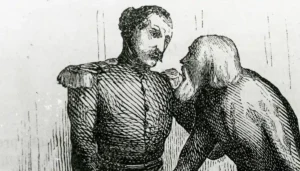
In 1817 Adelbert von Chamisso recorded the CHamoru terms for what he assumed were cardinal directions: Timi (North), Seplun (South), Manuu (East), Faniipan (West). These
Project Contributors. Toni “Malia” Ramirez, Antonia Degracia Castro, and Pale’ Eric Forbes, OFM Cap..
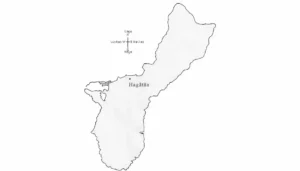
In westernized Guam the cardinal directions are lågu for north, håya for south, kåttan for east and luchan for west. If you examine the map
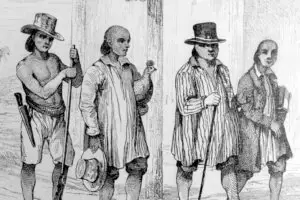
Guam’s colonized past under Spain. When the Europeans came to the Mariana Islands in the 16th and 17th centuries, they found a vigorous and highly

Tinituhun. On 21 July 1991 at Latte Stone Memorial Park in Hagåtña, a small group of Chamorro men and women gathered to form a new

Perhaps no individual figure in Guam’s recent history epitomizes the social and political activism of the 1990s more than Angel Anthony “Anghet” Leon Guerrero Santos,